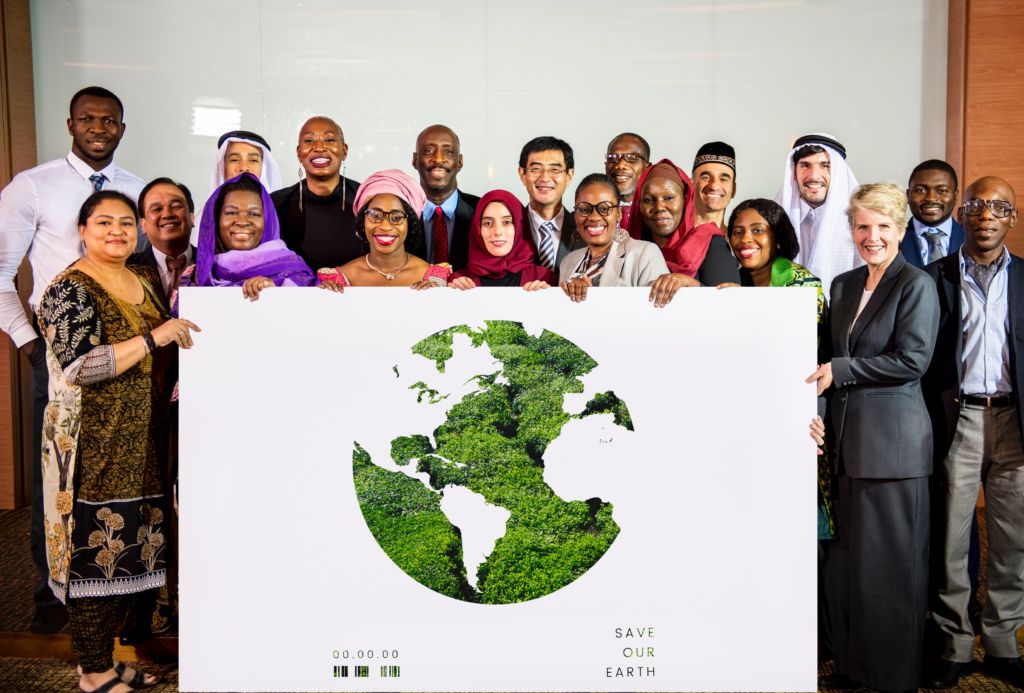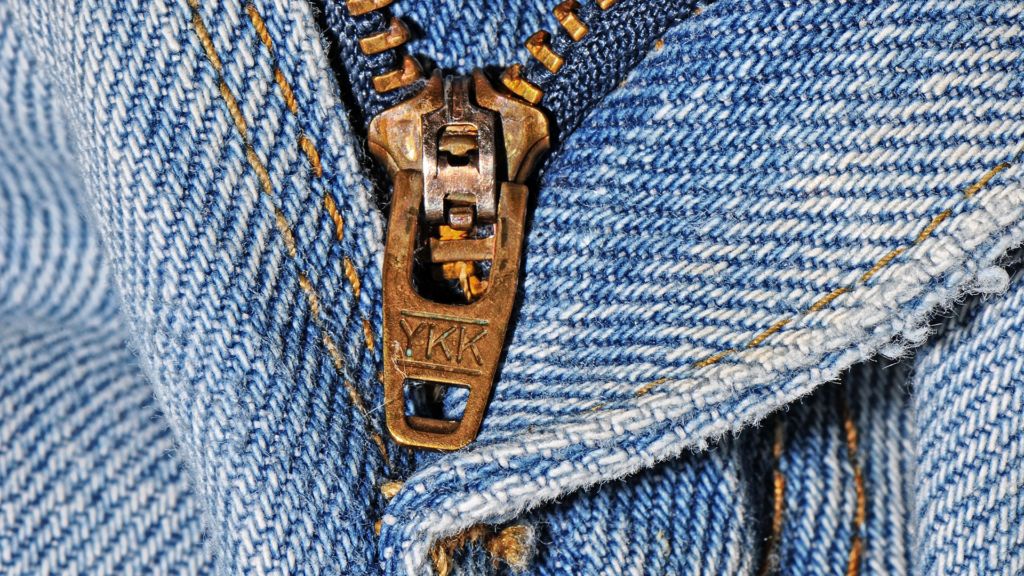
In this article we continue to analyze the exciting path that is leading us to circular fashion. We introduce you to another of the most important organizations in the sector that is working hard to achieve this. In addition to telling you what Circle Economy is and what its objectives are, we present the three most relevant case studies and offer you the complete reports for each one, which you can download by clicking on the link at the end of the post.
Circle Economy.
Circle Economy is a social organization, run as a cooperative, whose objective is to accelerate the transition to circularity by working “on the ground”, focused on action, the development of practical and scalable solutions, with international communication campaigns and an unavoidable commitment focused on spreading the circular message.
Mission.
Circle Economy’s mission is to accelerate the practical and scalable implementation of the circular economy.
Circularity plays a key role not only in drastically reducing our footprint, but also in shaping a visionary and practical future for our planet. It’s about drawing inspiration from nature’s biological processes while preserving value at the heart of every design, manufacturing process and consumer choice, from renewable energy and remanufacturing of used parts, to the ability to reuse designed into everything we consume.
We are witnessing a growing interest in the circular economy, politically, socially and commercially, as a possible solution to the world’s greatest problems. The challenge, of course, is implementation at a pragmatic and scalable level.
Circle Economy tools and programs are designed to facilitate decision making and action plans for businesses and governments across a wide range of sectors. Together with a powerful network of members, strategic partners, sponsors and donors, they seek to inspire the hearts and minds of all players, from cities and corporations to entrepreneurs and innovators.
Its task is to create the conditions for disruption, innovation and opportunity based on a logical and practical basis.
Three Circle Economy cases study.
These are three cases that highlight the potential impact of recycling high-value textiles – an initiative called Textile to Textile – that Circle Economy has supported with its work and that we will analyze very briefly here. But the most important thing is that you can download them for free from the link at the end of this article.
G-Star: Demonstrating the commercial and environmental case for denim textile to textile recycling.
ReBlend: Transforming post-consumer textile waste into high quality textile products.
ReShare: Demonstrating the potential of waste streams from work clothes.
The potential for recycling high-value textiles.
Today, 20 million tons of textiles are landfilled or incinerated annually in the EU and US alone. And it is estimated that 95% of all these textiles could be reused or recycled.
How can we stop virgin fiber production and use textile waste?
The answer is that we need and must develop a circular textile industry.
High value or textile-to-textile recycling allows leftover fabrics or garments that are no longer in use to be redirected back to the cycle of textiles as recycled raw materials, to create a circular fashion. Taking advantage of “waste” without exploiting new resources to create new textiles on a large scale would allow the textile industry to drastically reduce its need for virgin textile resources and significantly reduce the negative impacts associated with virgin cotton fiber production and textile waste.
In 2016, Circle Economy joined forces with its members Recover, ReBlend, G-Star and ReShare to test and demonstrate the true potential of high-value recycling.
G-Star
Summary of results:
– Recycled denim is priced at over 12.5% compared to its virgin equivalents.
– A maximum of 30% recycled fibers could be used in the recycled yarn to maintain the strength required for weaving and finishing.
– Recycled denim, even with only 12% recycled fiber content, already has a much lower environmental impact than its virgin equivalent.
ReBlend
Summary of results:
– Several tons of old Dutch navy and army uniforms were successfully transformed into new threads that were used to produce humanitarian aid blankets.
– The yarns made have 80% recycled fibers from those old military uniforms used.
– Water consumption was reduced, energy use was reduced and CO2 emissions were reduced compared to a non-recycled yarn.
Download the reports: 1.ReShare Life Cycle Assessment Results, 2.Reblend Life Cycle Assessment Results and 3. GSTAR Case Study here:
Click here to Log in / Register












































